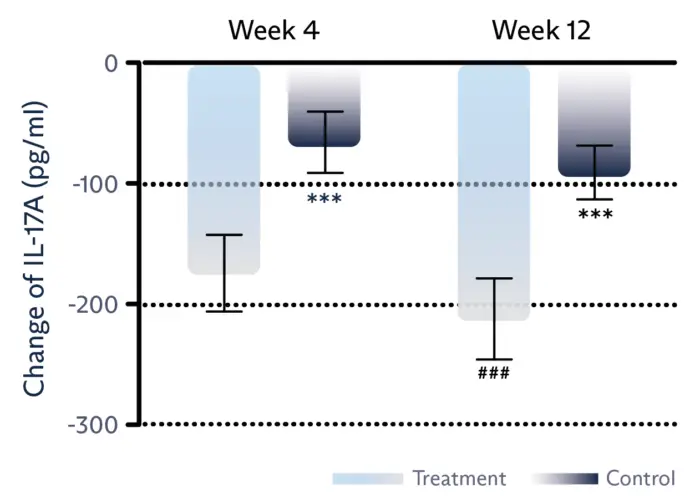Are you struggling with persistent dryness, irritation, or blurred vision? You might be experiencing Ocular Surface Disease or Dry Eye Syndrome, conditions that affect millions worldwide. These often-overlooked issues can significantly impact your daily life, making it difficult to focus on work or enjoy your favorite activities. Understanding the symptoms, causes, and treatment options is crucial for managing discomfort and protecting your vision. Discover how you can find relief and improve your quality of life with the right care. Don’t let dry eyes hold you back—read on to learn more about effective solutions!
Understanding Ocular Surface Disease & Dry Eye: Symptoms, Causes, and Treatment
Ocular Surface Disease (OSD) and Dry Eye Syndrome are common eye conditions that affect millions of people worldwide. While often overlooked, these conditions can significantly impact your daily life, making it difficult to focus on work, enjoy reading, or even experience comfort in outdoor environments. Understanding these conditions, their symptoms, causes, and treatment options can help manage and prevent long-term discomfort.
What is Ocular Surface Disease?
Ocular Surface Disease is an umbrella term that refers to various disorders affecting the outermost layer of the eye, including the cornea, conjunctiva, and tear film. The most common and well-known condition under this category is Dry Eye Disease, but it can also encompass issues such as blepharitis, allergic conjunctivitis, and meibomian gland dysfunction.
The ocular surface plays a critical role in maintaining clear vision, as it provides a smooth and lubricated surface for the eyelids and protects the eye from environmental irritants. When the balance of this delicate system is disrupted, it can lead to inflammation, discomfort, and even vision problems.
What is Dry Eye Syndrome?
Dry Eye Syndrome is a condition where the eyes do not produce enough tears or the tears evaporate too quickly, resulting in insufficient lubrication of the ocular surface. Tears are essential for maintaining healthy eyes, as they provide nourishment, remove debris, and create a protective layer to prevent infections.
Common Symptoms of Ocular Surface Disease & Dry Eye
- Dryness: A persistent feeling of dryness or a sandy sensation in the eyes.
- Burning or stinging: Irritation or a burning feeling, especially in windy or dry environments.
- Redness: Bloodshot eyes that may worsen throughout the day.
- Blurred vision: Vision that improves after blinking but becomes blurry again soon after.
- Sensitivity to light: Difficulty tolerating bright lights, both indoors and outdoors.
- Watery eyes: Paradoxically, the eyes may water excessively as a reflex to dryness, but the tears lack the necessary lubricating quality.
- Grittiness or foreign body sensation: A feeling that something is stuck in the eyes.
Causes of Ocular Surface Disease and Dry Eye
Several factors contribute to the development of Ocular Surface Disease and Dry Eye, including:
- Aging: As we age, tear production naturally decreases, making older adults more susceptible to dry eye.
- Environment: Exposure to dry air, wind, smoke, or air conditioning can cause tears to evaporate quickly, leading to dryness.
- Screen Time: Prolonged use of computers, smartphones, and other digital devices reduces blink rate, preventing proper tear distribution.
- Contact Lens Wear: Wearing contact lenses for extended periods can lead to discomfort and dryness by disrupting the natural tear film.
- Medications: Certain medications, such as antihistamines, antidepressants, and beta-blockers, can reduce tear production.
- Autoimmune Conditions: Conditions like Sjögren’s syndrome and rheumatoid arthritis are linked to decreased tear production and inflammation of the ocular surface.
- Hormonal Changes: Women may experience dry eye due to hormonal fluctuations during pregnancy, menopause, or while taking oral contraceptives.
Treatment Options for Ocular Surface Disease & Dry Eye
The treatment of Ocular Surface Disease and Dry Eye focuses on relieving symptoms, addressing the underlying causes, and improving tear production or quality. Here are some commonly recommended treatments:
- Artificial Tears: Over-the-counter lubricating eye drops can help replace or supplement the natural tear film.
- Prescription Eye Drops: Medications such as cyclosporine (Restasis) or lifitegrast (Xiidra) are used to reduce inflammation and stimulate tear production.
- Warm Compresses: Applying a warm compress to the eyes can help stimulate the oil glands in the eyelids, improving tear quality.
- Lid Hygiene: Keeping the eyelids clean with specialized wipes or solutions helps prevent conditions like blepharitis that can exacerbate dry eye symptoms.
- Punctal Plugs: Small, biocompatible plugs can be inserted into the tear ducts to prevent tears from draining away too quickly, keeping the eyes moist for longer.
- Omega-3 Fatty Acids: Studies suggest that omega-3 supplements may reduce inflammation and improve tear quality.
- Environmental Adjustments: Using a humidifier, taking breaks from screens, and wearing protective glasses outdoors can help reduce exposure to irritants and prevent tear evaporation.
When to See an Eye Care Professional
If you experience persistent dry eye symptoms that interfere with your daily activities, it’s important to consult an eye care professional. Ocular Surface Disease can be a chronic condition that requires long-term management, but with the right care, most people can find relief and significantly improve their quality of life.
At The Last Optical, we specialize in diagnosing and treating Ocular Surface Disease and Dry Eye. Our experienced team uses advanced diagnostic tools to assess the health of your ocular surface and tear film, providing personalized treatment plans tailored to your needs.
Conclusion
Ocular Surface Disease and Dry Eye can be uncomfortable, but with the right diagnosis and treatment, you can manage the symptoms and protect your vision. If you suspect you might have Dry Eye or another ocular surface issue, don’t hesitate to seek professional help. Early intervention is key to preventing long-term damage and improving your overall eye health.
Contact us today at The Last Optical for a comprehensive eye exam and personalized treatment plan to help you achieve lasting comfort and clarity!


